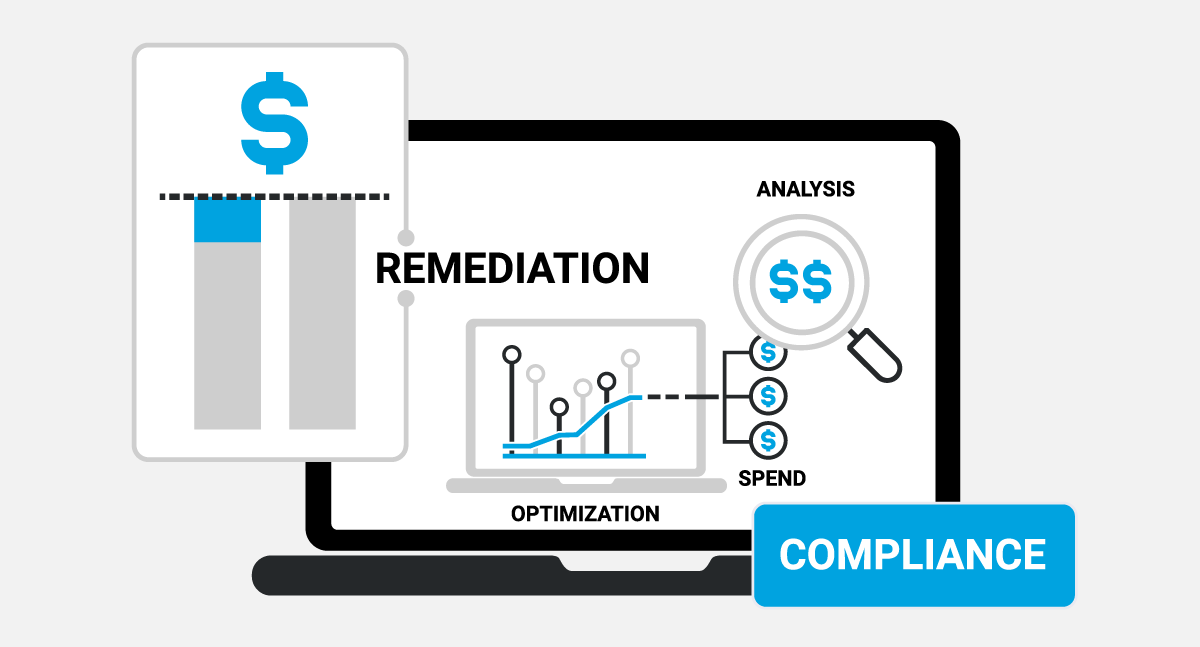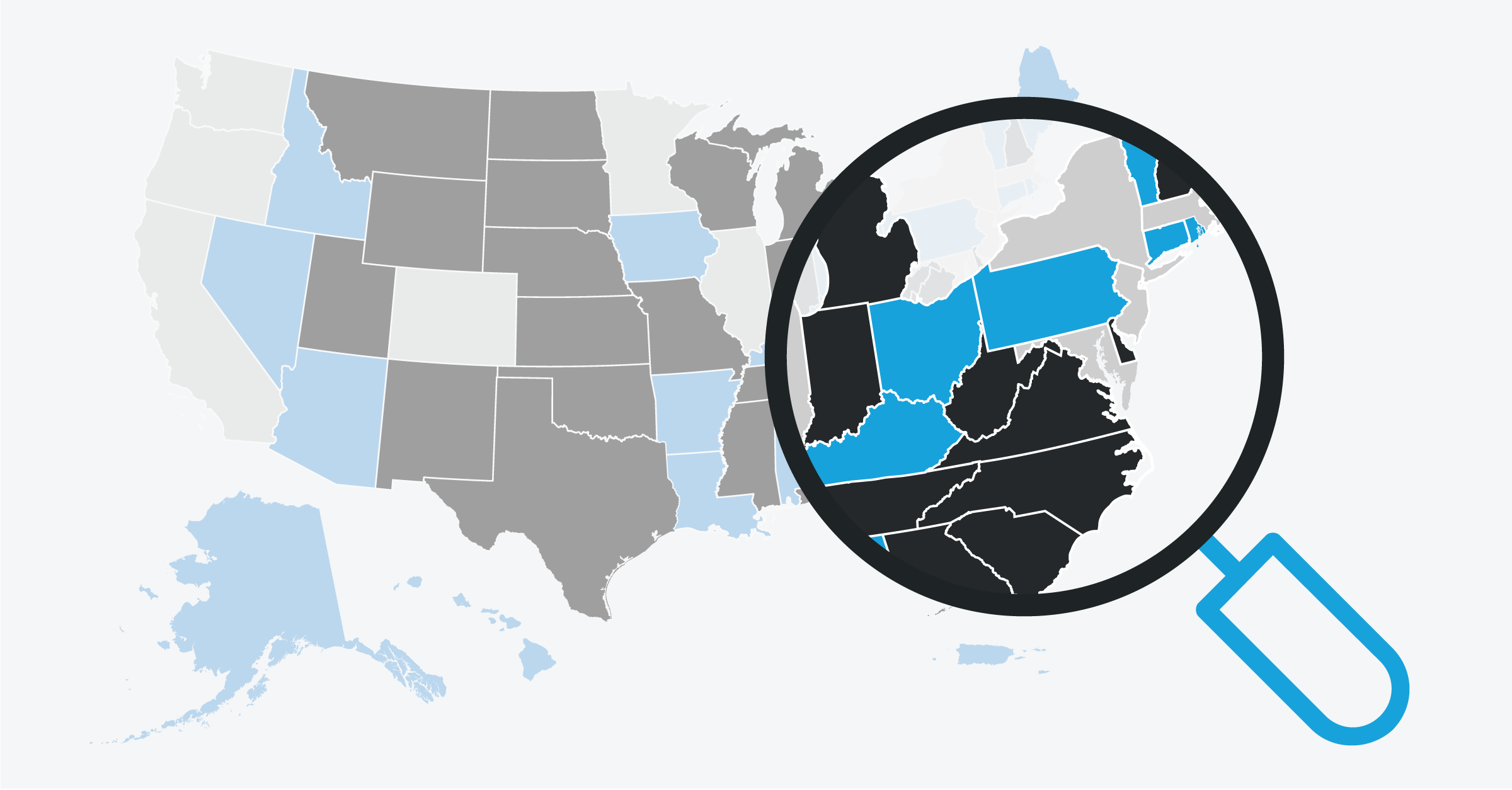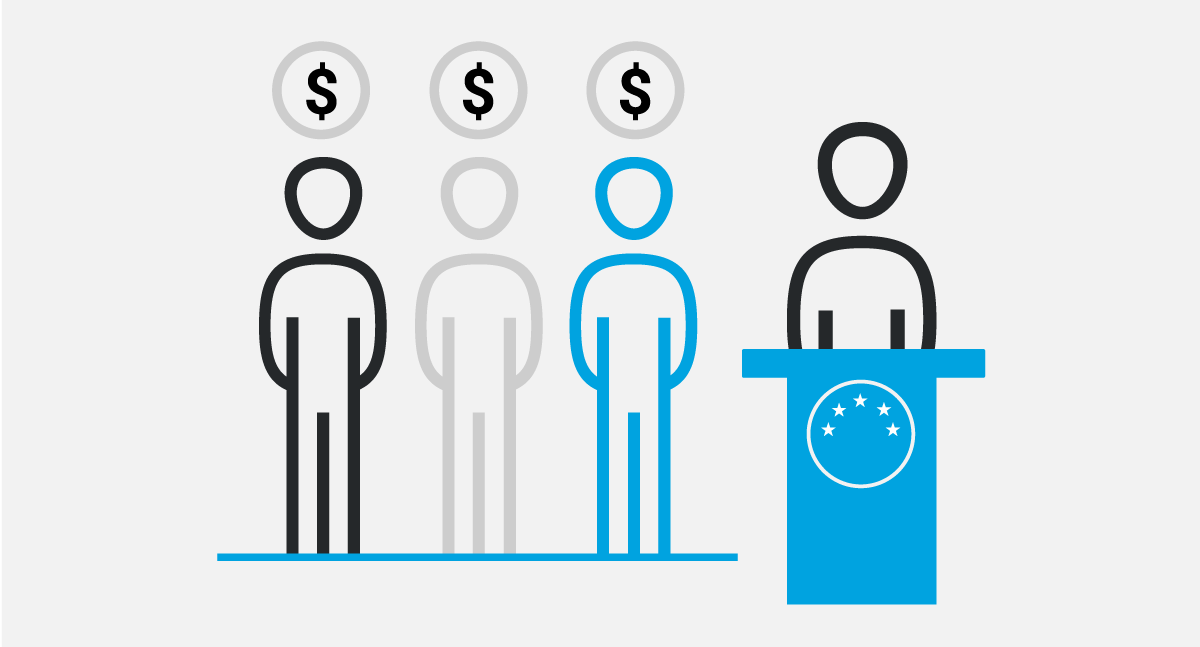
3 minute read
In a landmark effort to close the Candian gender wage gap, and to ensure that pay equity is both achieved and maintained, the Canadian parliament passed the Pay Equity Act in December of 2018. Although the Pay Equity Act has yet to take legal effect, it is expected to come into force in 2021 according to the Canadian Human Rights Commission. Seeking to address systemic discrimination in compensation and pay practices, and to reduce the gender wage gap by using pay data reporting to access a strategy for acheiving parity, Canada’s Pay Equity Act replaces the complaint-based method of addressing pay inequity instated under the Canadian Human Rights Act (CHRA).
The Act applies to employers with 10 or more employees and adopts a tiered approach based on the 1) number of employees and 2) whether or not they are unionized. Employers with 100 or more employees must form a pay equity committee made up of employer and employee members. This committee, according to recently released proposed regulations, is responsible “for developing a pay equity plan for the employees employed by that employer that will identify pay equity gaps that exist between predominantly male and female job classes of equal value, and determine any increases in compensation owed to employees in those female job classes that the employer must pay to close those gaps.” In other words, the pay equity committee must produce a pay equity plan that identifies gender-based pay disparities as well as provides a roadmap for ameliorating those gaps for the female job classes. Employers with 10-99 employees, at least some of which are unionized, must abide by the same requirement. Employers with 10-99 employees, none of which are unionized, must still produce a pay equity plan that identifies and remediates gender-based pay gaps, but do not need to form a pay equity committee.
Canada’s attempts at closing the gender wage gap have been well documented, and taking the initiative proves it to be a national priority. However, the broader import of establishing a compulsory and proactive pay equity regime as germane to doing business in Canada provides lessons for organizations everywhere. Pay equity is becoming a matter of global importance, and Canada paints a picture of the practical ways in which leadership can make it a cultural priority — for a country, or a company.
Pressure Institutions, Not Individuals
A complaint-based system of regulating and reporting pay equity puts pressure on the individual and potential witness to violations — which is less likely to disincentivize organizations writ large from noncompliance. One predominant reason is an individual’s access to information: a lack of transparency in discussions of wages can create an environment in which people aren’t aware that they are being compensated unfairly. Additionally, many do not have an exhaustive knowledge of their own rights regarding pay parity: in the U.S., even as the gender pay gap makes headlines, one-in-three Americans don’t know it exists.
A wrong-headed focus on individual actions also creates a breeding ground for conversations mistakenly linking the gender gap to individual choices. Political attacks on pay equity initiatives generally attribute the gender wage gap to lifestyle factors such as a choice to have children, a refusal to take certain positions, or an inability to negotiate: negating the societally correlative forces which encourage those “choices” and enable compensational gender inequity. An outdated national conversation which places the onus on individual women to procure equity for themselves is only possible when legislation is lacking in institutional accountability. A nationally led, proactive strategy changes that conversation and creates a common pathway to closing the gender wage gap.
Normalize Pay Equity
The gender wage gap is costly, both to company culture and the bottom line. A recent McKinsey study reported the potential for Canada to incrementally increase its GDP by $150 billion through advancing women’s pay equity. Employees cite transparency regarding compensation as an important factor in recruitment and retention; and a formal prioritizing of diversity and equity has a proven benefit toward engagement and productivity. Even so, the gender pay gap persists as a default, with change seemingly dependent on reactive litigation, piecemeal complaint, and individual activism.
Financially problematic and culturally deleterious, the gender wage gap should be discussed broadly as an issue to be solved — not as a cultural default — and transparency is the best first step toward solutions. A formal decree for organizations to provide pay equity data compulsorily updates not only policy, but the perception and understanding of the harm done by deeply detrimental pay inequity issues.
Report Proactively
Of particular interest to employers should be the categorical failure of a complaint-based system: it is inextricably reactive. Proactive business strategies are commonly accepted as best practices for risk assessment, recruitment, and anticipatory budgeting: pay parity should be no different.
Political communication still has an enormous capacity to shift public opinion, and policy change encourages organizations to be both proactive and comprehensive in their compliance. Moderate figures embracing the once radical public option has shifted a conversation on health care toward more wide-ranging policy on health. Companies can now proactively engage best practices for compliance: anticipating costs, penalties, and auditing. Conversely, the decentralized approach to the surging pandemic is currently putting companies and individuals into a reactive cycle: with time and resources being distracted by litigating ever changing local guidelines. That type of confusion is avoided by bold moves like Canada’s Pay Equity Act, allowing employers to shift their focus, and resources, onto innovative compliance strategies.
Take a Data-Driven Approach
The natural cure for misinformation is data: by requiring hard numbers on pay equity, organizations can audit and take steps toward correcting the gender wage gap. Canada’s new regulations provide methodology for data audits and reporting, which provides options for implementing the new guidelines. However, the earlier complaint-based system fostered under the CHRA resembles the models for employees to redress pay equity in other countries, meaning that third party expertise is the best option for a proactive strategy barring a shift in legislation. Still, the Canadian Parliament’s introduction of the Act, and the global response by organizations in other world-leading countries, will highlight the complexities of closing the gender wage gap, and will serve as a case study in innovation solutions to a parliamentary, and cultural, mandate.




